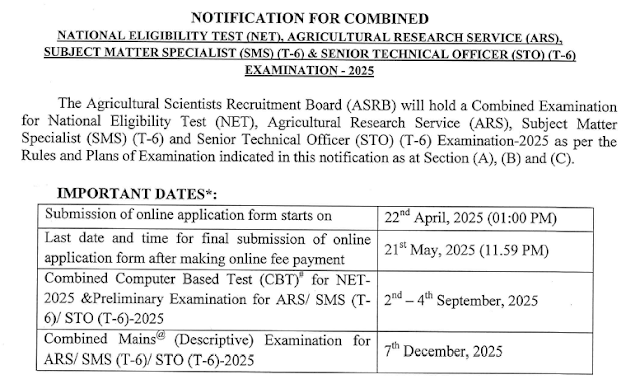The Role of Soil Microbes in Sustainable Agriculture: Recent Advances and Practical Implications.
- By Farin Khatoon
1. Introduction
The intensification of agriculture has led to increased reliance on chemical inputs, contributing to soil degradation, greenhouse gas emissions, and biodiversity loss. In this context, soil microbes—including bacteria, fungi, and archaea—offer promising biological alternatives. These organisms regulate nutrient dynamics, suppress pathogens, and enhance plant resilience (Mendes et al., 2013). Recent studies have explored both natural and engineered microbial solutions to reduce dependency on synthetic inputs.
2. Microbial Contributions to Soil Fertility
2.1. Biological Nitrogen Fixation
Symbiotic nitrogen-fixing bacteria such as Rhizobium and Bradyrhizobium form nodules on legume roots, converting atmospheric nitrogen (N₂) into bioavailable forms. In Brazil, over 80% of soybean farmers employ Bradyrhizobium inoculants, reducing nitrogen fertiliser use significantly and saving an estimated $20 billion annually (Hungria et al., 2022; Reuters, 2025).
2.2. Phosphate Solubilisation and Mycorrhizal Symbiosis
Phosphate-solubilising bacteria (e.g., Pseudomonas spp.) and arbuscular mycorrhizal fungi (AMF) mobilise phosphorus from insoluble soil pools. A recent field study in the UK demonstrated that wheat lines selected for root traits favoring mycorrhizal colonization showed 40% lower phosphorus fertiliser demand (Wang et al., 2024).
3. Climate Change Mitigation via Microbial Interventions
3.1. Reduction of Nitrous Oxide Emissions
Nitrous oxide (N₂O) is a potent greenhouse gas, primarily emitted from fertilised soils. The discovery of Cloacibacterium sp. CB-01, a bacterium capable of reducing post-fertiliser N₂O emissions by up to 94%, marks a pivotal development (Schlüter et al., 2025). Field trials in Danish maize systems confirmed an 80% reduction in N₂O without compromising crop yields.
3.2. Carbon Sequestration via Biochar-Microbe Synergy
Biochar provides a stable matrix for microbial colonization, enhancing soil organic carbon retention. In Kenya, biochar-amended soils inoculated with beneficial microbes improved maize yields by 60% in degraded lands, supporting both productivity and carbon sequestration (Kimetu et al., 2023).
4. Managing the Soil Microbiome through Agronomic Practices
4.1. Cover Cropping
Cover crops promote microbial diversity and symbioses. For instance, crimson clover in Midwestern U.S. cornfields enhanced AMF colonization by 50%, facilitating a 25% reduction in synthetic fertiliser application (Jansa et al., 2024).
4.2. Microbiome-Informed Breeding
Advances in plant genetics allow breeding for root exudates that selectively enrich beneficial rhizosphere microbes. A study at the John Innes Centre introduced microbial recruitment traits from Medicago into wheat, improving nutrient uptake under nutrient-limited conditions (White et al., 2024).
5. Emerging Technologies
5.1. Engineered Microbes
Biotechnological tools such as CRISPR/Cas9 are being used to engineer microbes that fix nitrogen, detoxify pesticides, or suppress pathogens. Pivot Bio’s CRISPR-edited microbes for corn have shown 25% yield increases with reduced nitrate runoff in California field trials (Pivot Bio, 2024).
5.2. Biosensing and AI Integration
AI-based tools now enable real-time microbial monitoring. Australian sugarcane growers using The Yield platform have optimised irrigation and fertiliser strategies by tracking microbial shifts, leading to reduced input costs and increased productivity (AgFunder News, 2024).
6. Conclusion
Soil microbes play a central role in advancing agricultural sustainability. Recent advances in microbiome engineering, bio-inoculant deployment, and microbe-informed plant breeding demonstrate that soil biological health is not merely a passive factor but a controllable and optimisable system. Bridging microbial ecology with precision agriculture will be key to meeting global food demands under ecological constraints.
References
-
Hungria, M., et al. (2022). "Enhancing symbiotic nitrogen fixation in tropical soybean systems." Plant and Soil, 468(1–2), 1–15.
-
Schlüter, S. et al. (2025). "Novel denitrifying bacteria reduce nitrous oxide emissions from fertilised soils." Nature Microbiology.
-
Wang, Y. et al. (2024). "Genetically informed selection for rhizosphere interactions in wheat." Nature Plants, 10(3), 265–272.
-
Kimetu, J.M. et al. (2023). "Biochar–microbe synergy improves maize productivity in degraded tropical soils." Soil Biology & Biochemistry, 179, 108983.
-
Jansa, J. et al. (2024). "Mycorrhizal fungi and cover crops: Long-term agronomic effects." Agronomy Journal, 116(1), 45–59.
-
White, P.J. et al. (2024). "Root phenotypes and rhizosphere engineering for sustainable nutrient use." Trends in Plant Science, 29(2), 120–132.
-
Pivot Bio. (2024). "Engineered nitrogen-fixing microbes for maize: Agronomic and environmental benefits." Internal Report.
-
AgFunder News. (2024). “AI-enhanced microbial sensing in precision agriculture.”



Comments